My 2020 began with a chance to do international project management and work in over a dozen cities across the globe. From Paris to Rome, Kyiv to Tokyo, my plane rides around the world would serve as the catalyst for expanding my life in professional and creative ways. An opportunity to network with amazing people in beautiful places while making fantastic photos and handling significant projects. Nothing was more exciting than the possibilities it all offered. The start of my “global citizenship” was just a few steps away from becoming a reality.
But March happened. And, by now, we all know what that means. So while I was in San Francisco, news headlines began filling with fears and worries of a new virus. By the week’s end, America had its first official cases. Once states began issuing lockdowns, all hopes of working overseas were gone. Shortly after the news of losing my job, I discovered my parents had abruptly separated. And during a visit to friends from college, my camera gear was robbed from my car. It was a summer of loss—professionally, personally, creatively, and financially.
All of these experiences produced severe anxieties and doubts. Every day began with the concern of whether I would get sick, if I’d be out of another job, or if those texts would pop up on the phone and inform me someone got rushed to the hospital. But these were as hard to diffuse as the fears I had about the rest of my future.
My hope of working in the creative industry started to wane. Professional photography didn’t seem achievable since nobody could leave their home. COVID felt like a global blizzard keeping everyone shut indoors, unable to go out on a search for answers. My friends were just as worried about their own futures.
Then something happened.
I started taking care of myself—running, eating vegetarian, cutting caffeine, and making wildly different choices than usual. Which gave me the chance to watch my personal life and health regain color in its face. This change didn’t take long to bring hope into my photography.
And it raised the question of what would it look like to show an entire nation come awake? Like the first moments of the anesthesia wearing off? Cities opening their doors, folks going on first dates, people laughing and smiling with friends in parks, families reconnecting with their loved ones, who wouldn’t want to witness something like that? After a year of countless tragedies, who wouldn’t want to see a reemergence within the United States?
And so, my roadtrip idea grew out of the ashes of last summer, and what grew out of this idea was a goal: to make a body of images that encourage people. To commemorate a hopeful change in the future of all of us. So I saved for months, cutting excess spending, avoiding most little luxuries that I’d justified “because COVID.” By the time June arrived, I was ready to go.
I reduced my belongings to just a few bags. And I pulled out of the driveway as a few relatives stood watching. An afternoon thunderstorm met my windshield once I hit the highway.
And for the first time in my life, I was going into something with no clear ending in sight. It felt like pure freedom. Something only Kerouac could muse about.
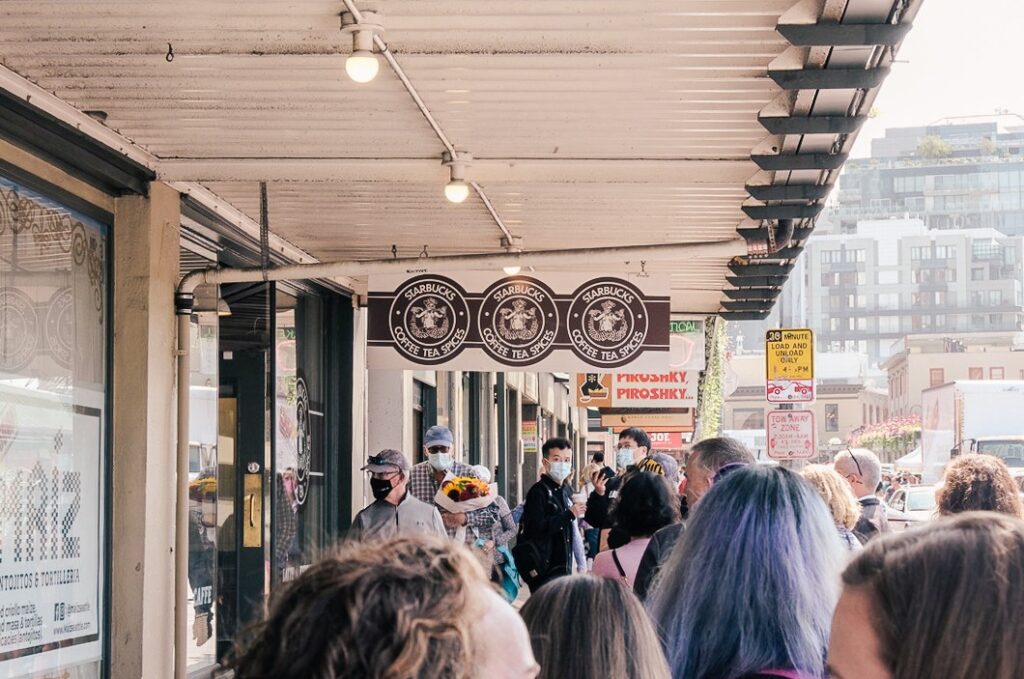
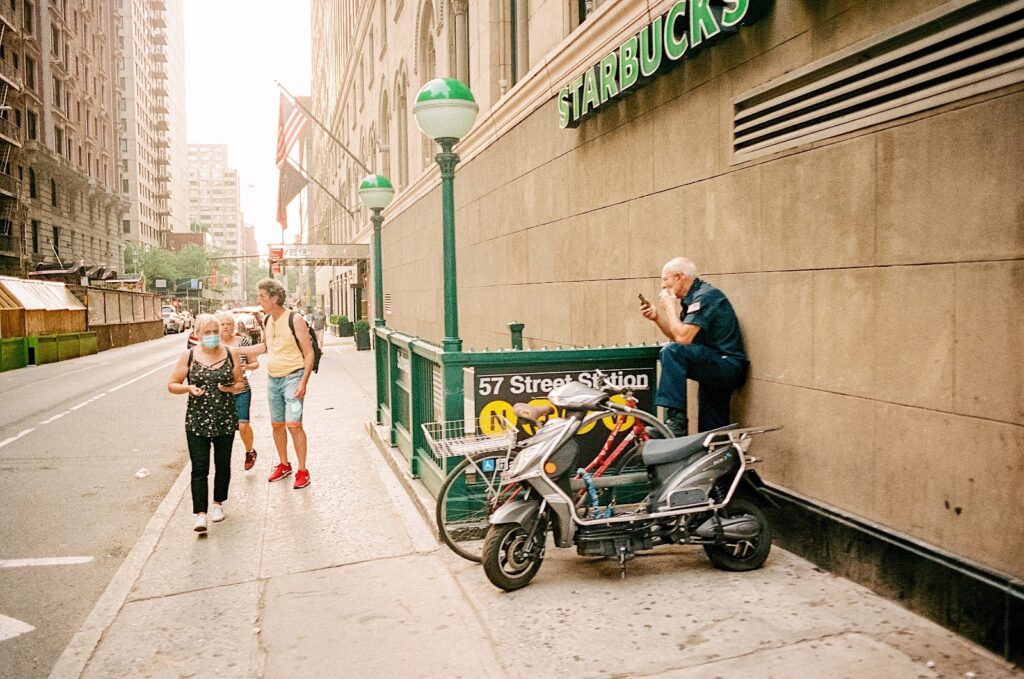
The wheels on my Jeep took me everywhere from New York City to Seattle, from the streets of the East Village to the rodeo halls of Texas, from the ferry near Pike’s Place Market to the vast mountains of Montana. Every place I entered met me with the incredible chance to document it in an intimate manner.
Moms and daughters laughed at their inside jokes while they shopped in popular districts. Young couples embraced each other like no one else was left on the planet. People were working like crazy. Signs in most windows were begging for workers, and coffee shops swelled under the weight of elaborate drink orders. Festival ads were in full swing.
The Pride parade took place the same week that Manhattan started lifting some of its mandates, and the tsunami of that celebration washed Fifth Avenue with rainbows and flags. Neighborhood cornerstones like Washington Square Park surged with people seizing the opportunity for picnic dinners under open skies. Musicians serenaded the crowds in various tempos and genres.
What would have been a regular summer day in 2019 held special weight—because this didn’t happen in the short forever of 2020.
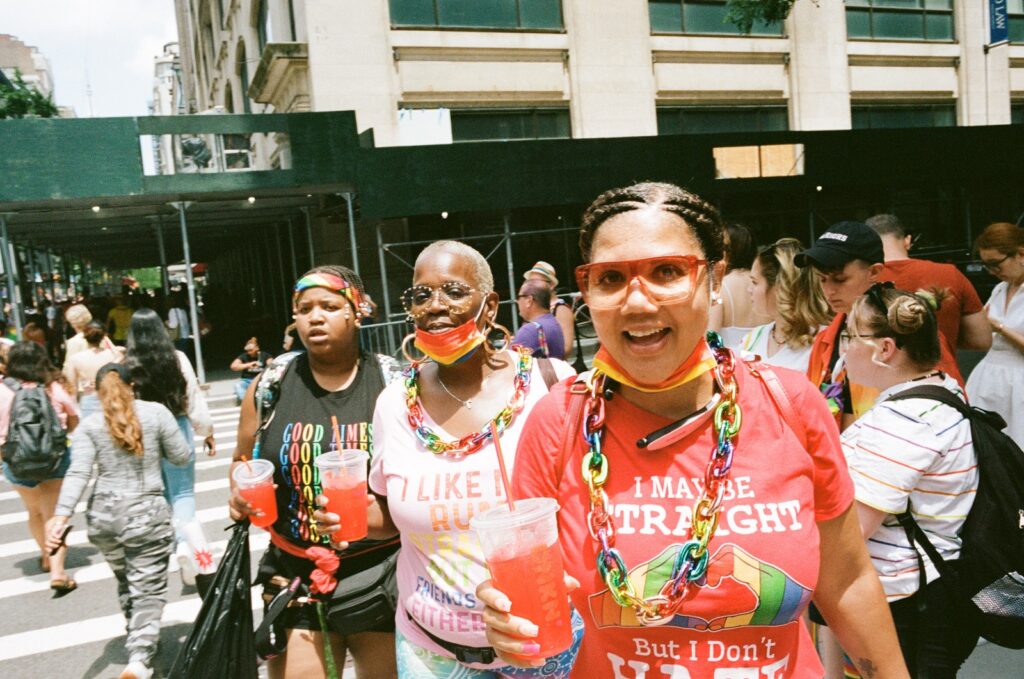
To witness cities in this state of joy while connecting with old friends along the way was a salve to the isolation so many talked about during the lockdowns. I had conversations with various people everywhere I went. It was pretty routine for folks to strike up a chat with me over how their lives were upended by the virus.
Making comparisons to us being in a real-life Avengers movie got several chuckles from fellow train passengers. The analogy of some cosmic snap resetting the clock felt much more digestible than the countless new stories people had to sort through in the heat of 2020. None of this stopped the elderly from telling me it was an ideal time to find a wife. I tried my best not to laugh when they brought up “the Tinder.”
July was fresh on the calendar by the time I got out of the northeast and descended into the southern states. Nashville took the crown of the nation’s largest fireworks display, so I spent many days on the stretch of Broadway documenting the weekend of the Fourth. Right about the time this wrapped up, I found myself in Missouri. After a few days of resting and quality time with my Dad, I was offered a photo pass to the rodeos in the Dallas area. So I made the haul down to Texas and photographed the annual day of the cowboy festival.
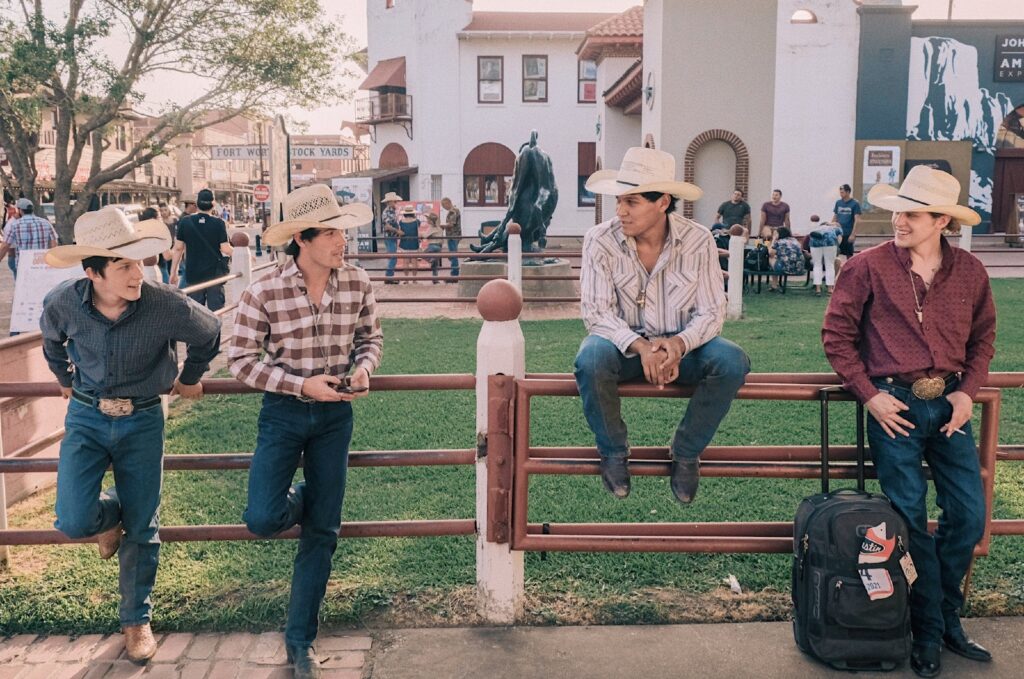
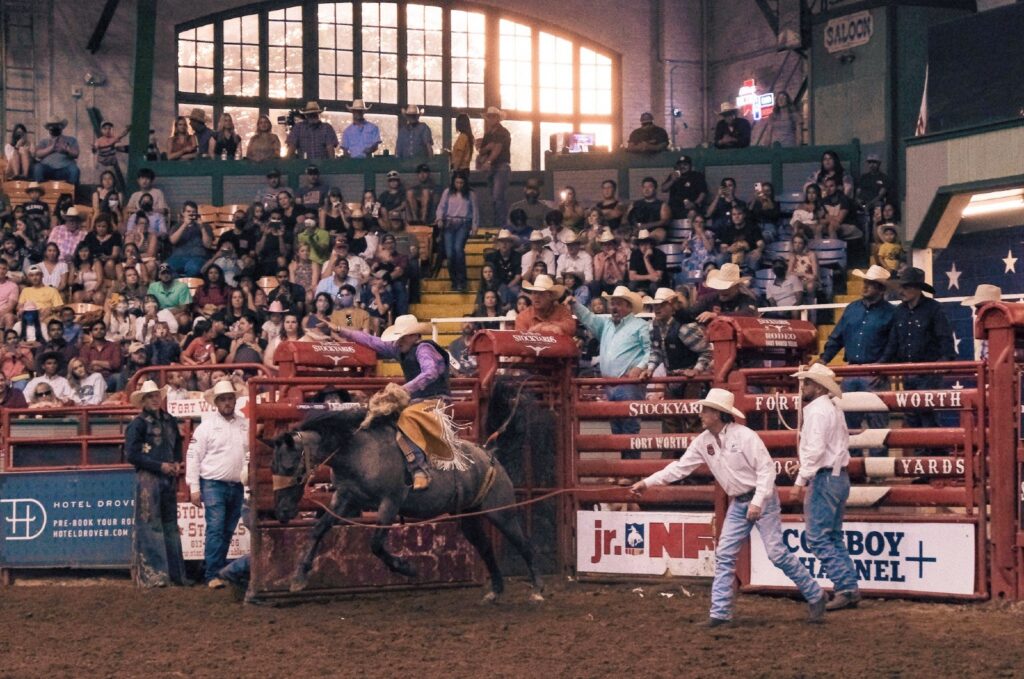
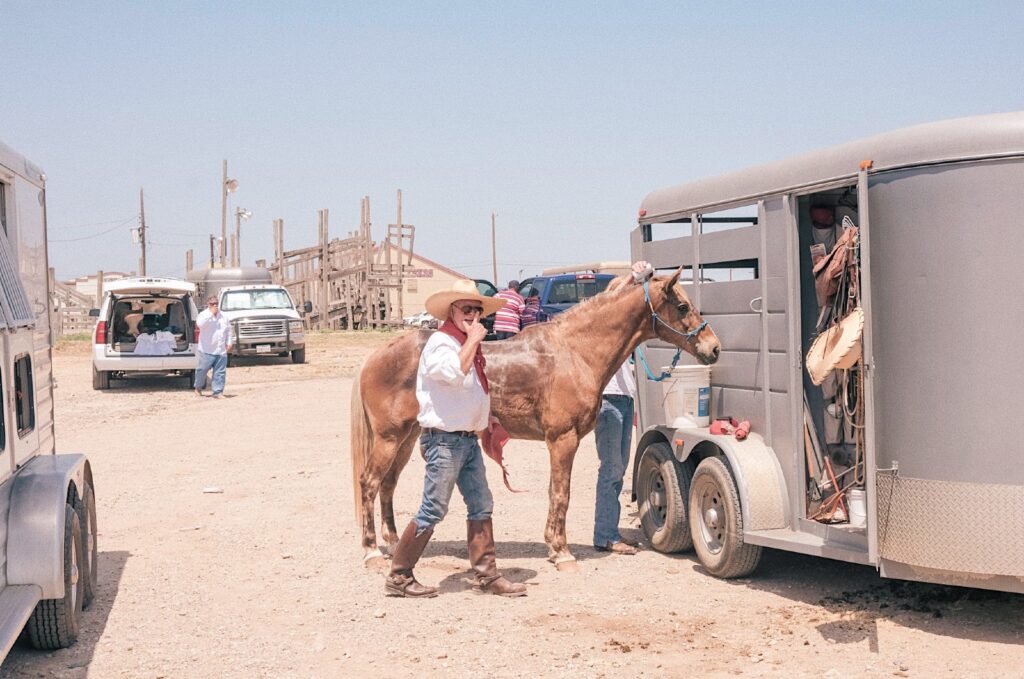
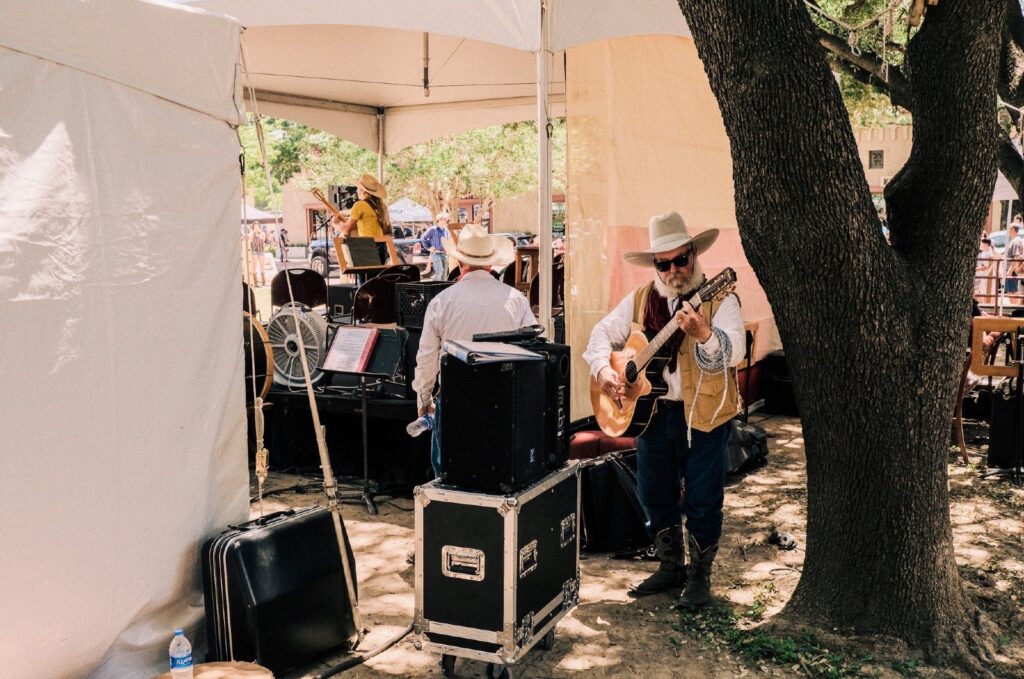
I felt like the shortest person over six feet tall in Texas. From the hats to the boots, the larger-than-life personality to the fiercely independent spirits, everyone in that nation was proud to have the chance of being photographed. Anytime I shared the story of what I was doing, I was offered a free beer, along with the recommendation that free beer is best absorbed by half a pound of brisket.
The most intense leg of the journey was the two-day, 1700-mile drive to Montana. I hadn’t seen Glacier National Park in about a decade, but long-time friends still lived close by and they were generous enough to help me find a room to sleep in; after confirming that I could stay for a week, I drove into the night and was confronted by the largest lightning storm I’d ever seen passing through South Dakota.
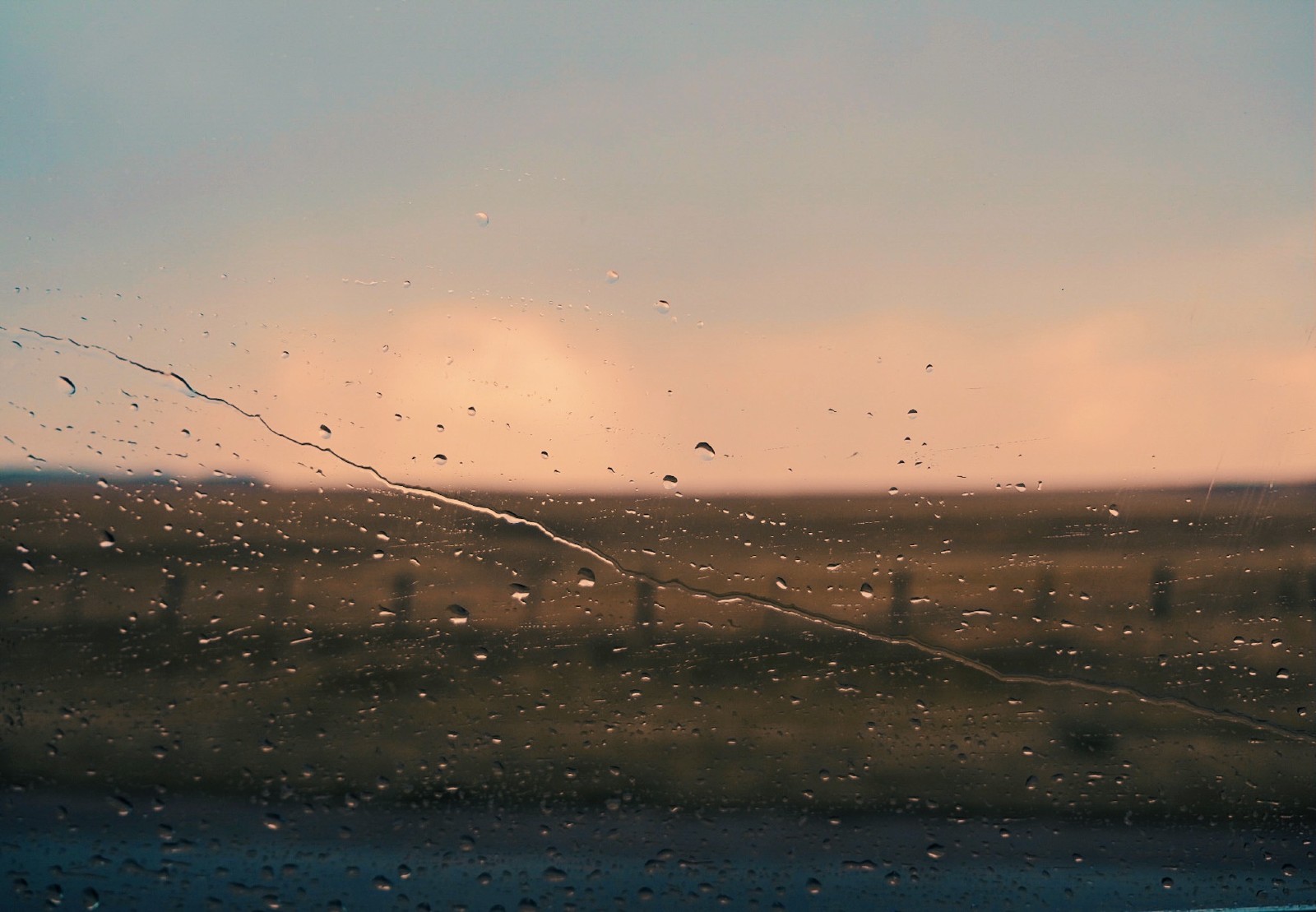
It was verging on midnight, and I had to do at least another three hours of driving. Gretta Van Fleet had proven to be an expert in keeping the tiredness out of my eyes, but the incoming rain was so bad I couldn’t tell what was in front of me. So I pulled into a truck stop and ran inside.
At least 25 people were already in there waiting for the roads to clear up. Unfortunately, the fuel station lost power. So we all found ourselves looking out the window as midnight became mid-day from approaching lighting strikes. Some employees said this was when the hail usually came; I took a deep breath and prayed on behalf of the insurance deductible I couldn’t afford.
Once the weather got better, I hit the road again and made it to the edge of Montana. I pulled into a rest stop, folded my back seats down, and stretched into the trunk. It was the most rewarding four hours of sleep I’d ever had in a vehicle. Some could say that isn’t that much to brag about. But I didn’t care.
Because getting back behind the steering wheel and driving with the rising sun behind me was a transcendent moment of peace—a reward for having survived a long night of white knuckle moments.
It felt symbolic and fitting that after a long night of facing storms and grappling with how small of a thing I am in this world, that warm light of morning filled the drops of water running off my windows. The amber glow of day had finally pushed the moon out of sight. And it was at this specific spot in the timeline of the roadtrip that I came to recognize what the exploration of America’s reawakening was about. On a spiritual level.
It’s an intrinsically human thing to endure—to find deep down in your soul where the roots of your life come from. And to not only discover what moves you but attempt to make sense of it all through learning and connecting, and emoting, and expressing.
To feel the warmth. To heal our anxiety by walking through our fear. Or driving through walls of black clouds in the middle of the night. To gain an understanding of what we are when faced with one-word questions. When? How? Why?
Going on a roadtrip isn’t an act of forsaking caution. Or embracing some reckless abandonment to responsibilities and commitments. It is not a choice to leave the world behind because there’s no place for us anywhere else.
Instead, it’s a complex and straightforward rhythm; of learning to exist between the future and the past.
To sit, hours on end, in a time capsule that does nothing more than move soil beneath you while the light of day makes its usual path across the sky. Dazzling the senses on both ends of its journey.
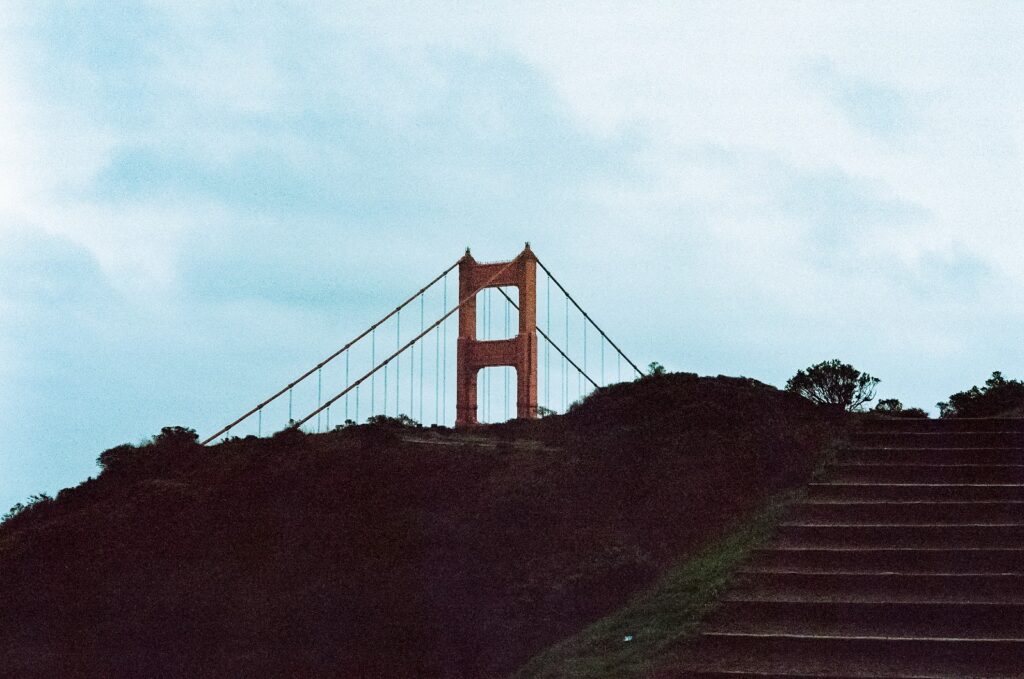
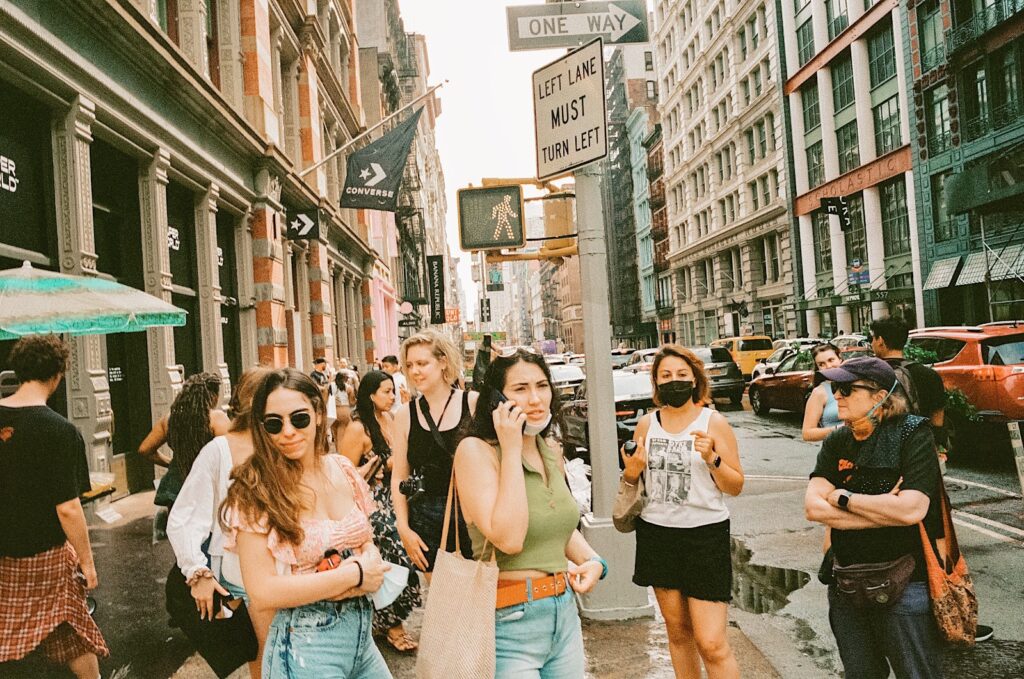
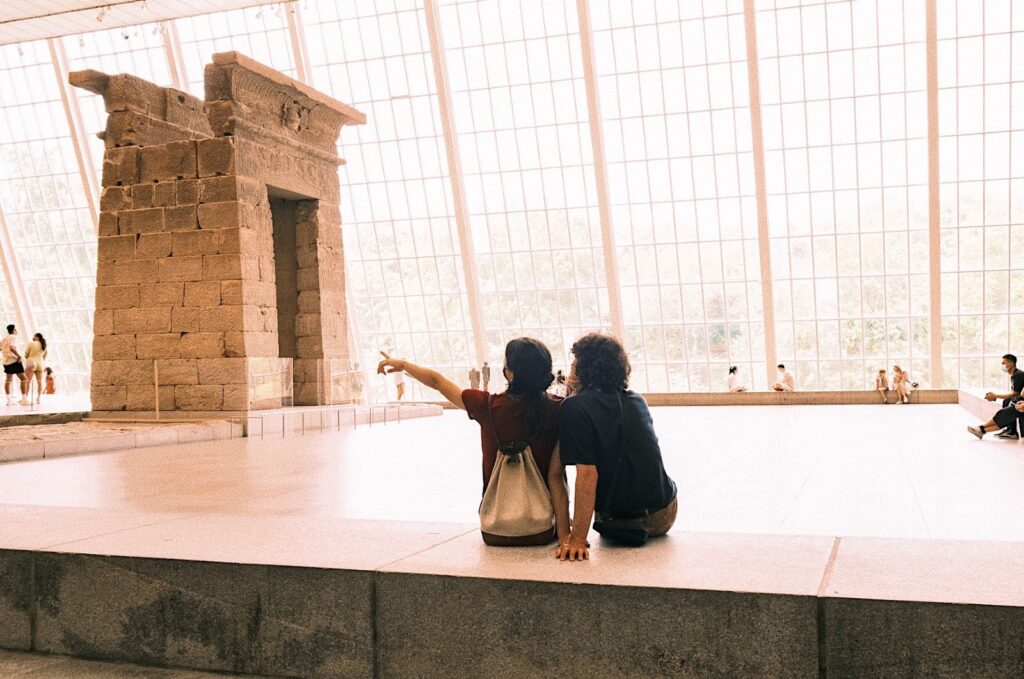
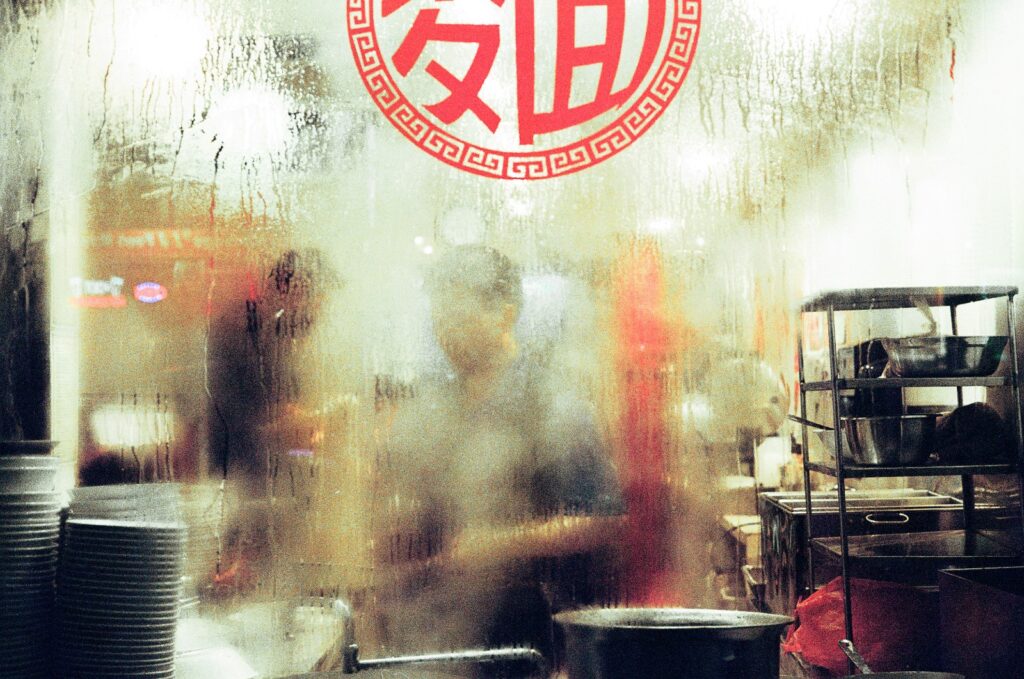
We know loss because we’ve lost. We know suffering because we’ve suffered. But in the same way—we comprehend joy, are healed through words, moved by notes of sound and get to know love through the honesty of friends. So we cling to hope even when told it doesn’t exist, further the confounding paradox of the capacities of people.
We experience this endurance of humanity through the revelation of moments. From the poetry that happens each day as we walk out the door. And it’s made possible by the act of making art. Of preserving the opportunity for every generation after us to feel something. To be moved by the past. Whether it was five minutes or forty years.
Because there’s little that can overcome the human soul. Or our mind’s desire to seek out our own truths. To salve our pains with the understanding that we’re not the only things feeling it. To know we’re not alone. To find confidence and believe in a world that’s far from okay, we have the capacity to be.
And it is in these experiences we start to remember, if only briefly, what we are here on this earth to do.
We are here to live.
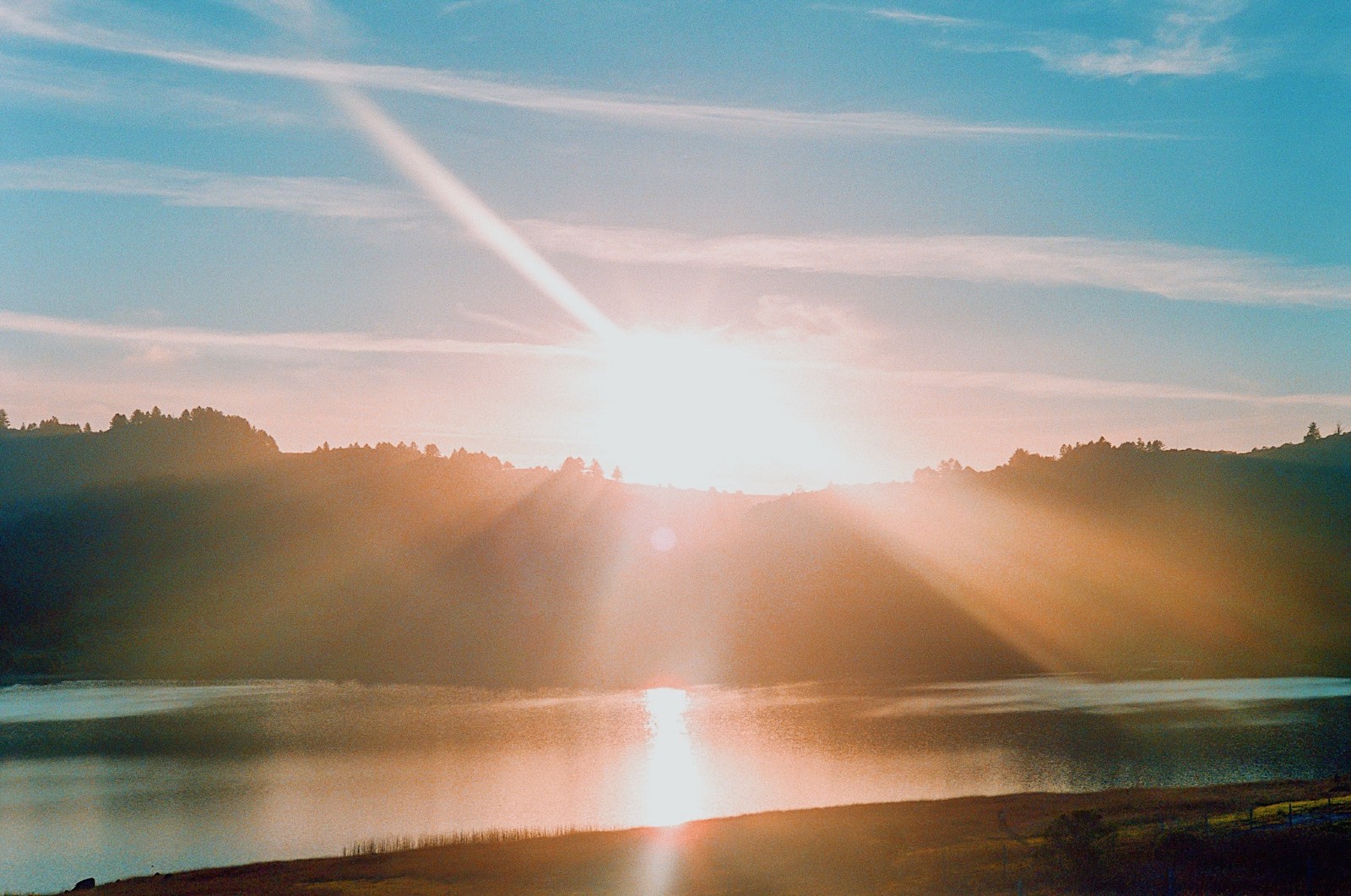




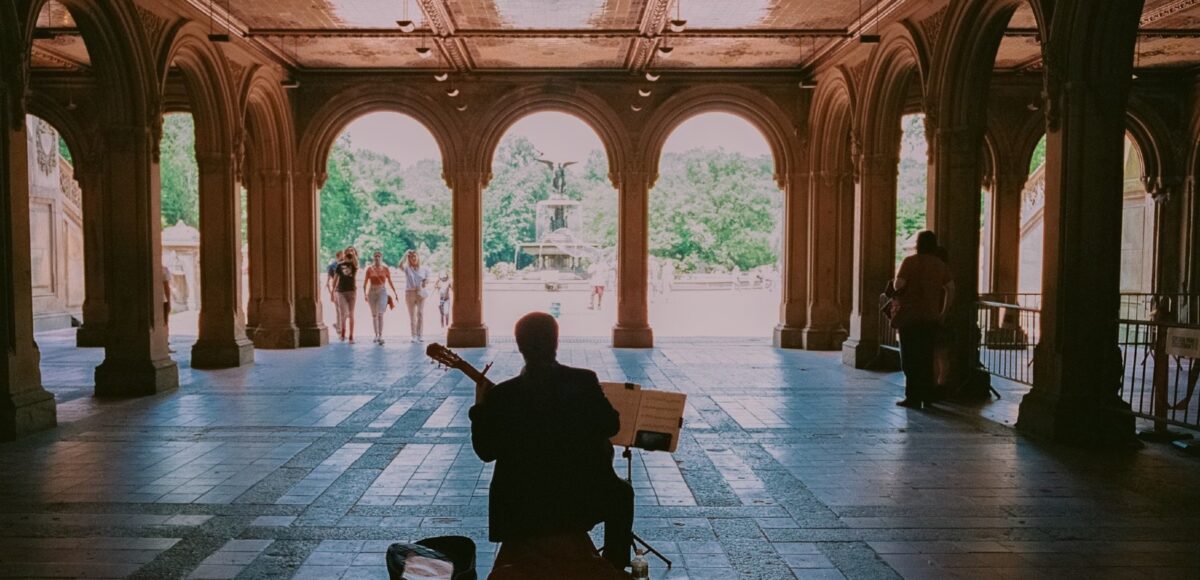
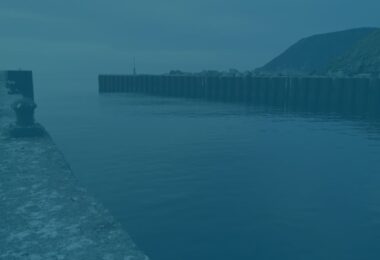
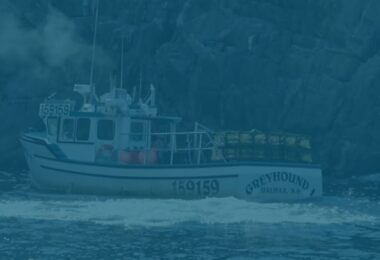
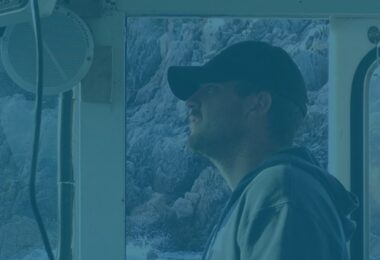
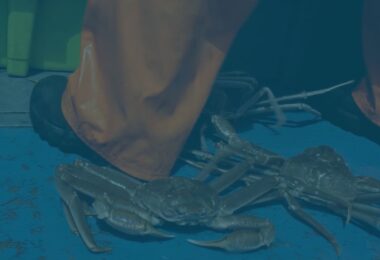

Noah | September 22, 2021
|
Simply inspiring. DEAN has an ability to capture EXPERIENCES through photos AND place them in a poetic frame. His courage to leave a 9-5 and travel the country is motivating to say the least.
Pingback:On the Road with Dean Hinnant | October 9, 2021
|